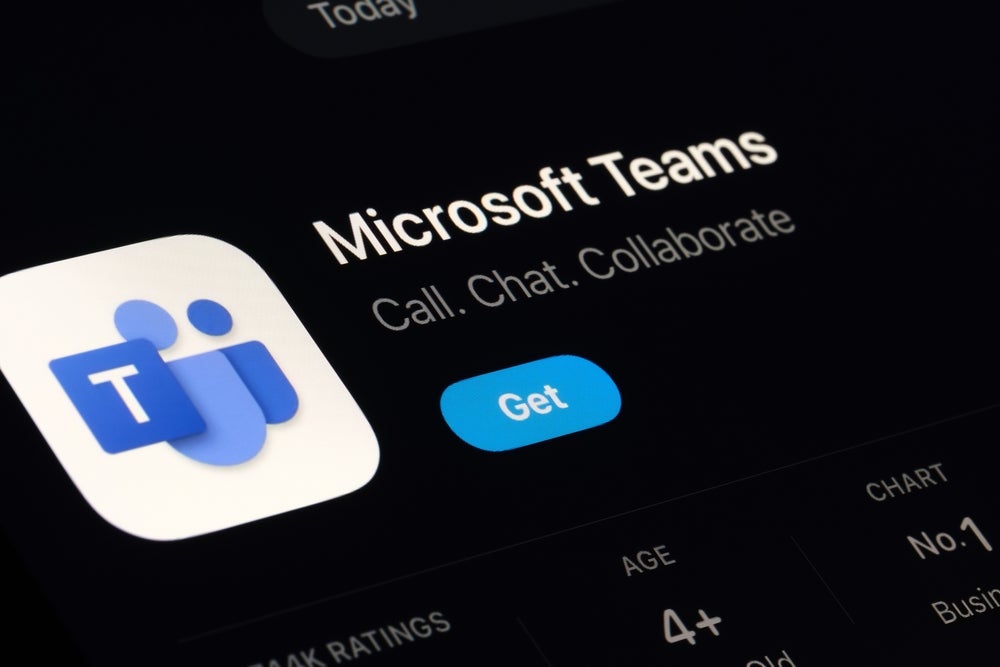As telecom operators transform from telco to techco, network assets remain a key differentiator for operators.
Operators are rapidly expanding their network-based enterprise information and communication technology (ICT) capabilities leveraging their infrastructure to gain a competitive edge against other providers. Their key focus areas include private cellular networks, industrial IoT solutions, APIs, cloud connectivity, and network platforms.
While the front end is important, a successful transformation often starts from the network infrastructure. This includes leveraging emerging technologies such as AI and automation across radio, core, and transport networks. Besides that, close collaboration between network and business units is essential to ensure efficient service delivery at scale.
Huawei IntelligentRAN
Telecom operators are showing greater interest in implementing AI and intelligence in their infrastructure to accelerate their techco transformation. They are leveraging these technologies to enhance network deployment, operations, and management. Additionally, operators are increasingly using AI and analytics to drive innovation and enhance their service offerings such as providing service assurance and increasing user experience. A study by Huawei shows that a significant 70% of operators plan to invest in network intelligence over the next three years.
As one of the leading telecom infrastructure vendors, Huawei has been incorporating advanced intelligence and AI features into its solutions, in line with operators’ needs. It began with “self-organising network” (SON) and progressed to “mobile Agile Operation for Service” (mAOS) and to Mobile Broadband Automation Engine (MAE).
Today, their focus is on Radio Access Networks (RAN) with “IntelligentRAN” and “RAN Intelligent Agent.”

US Tariffs are shifting - will you react or anticipate?
Don’t let policy changes catch you off guard. Stay proactive with real-time data and expert analysis.
By GlobalDataBuilt upon three key elements (telecom foundation model, RAN digital twin systems, and intelligent computing power), the RAN Intelligent Agent offers four main features, namely (1) intent interaction, (2) all-domain perception and prediction, (3) multi-objective analysis and decision-making, and (4) scenario-based self-learning.
This can unlock new applications for operators such as unattended inspection, energy saving, “Feature Manipulation Engine” (FME) copilot, experience-based service provisioning, live streaming assurance, tidal optimisation, and intelligent slicing. The solution can enable operators to enhance their enterprise offerings such as critical applications with higher network reliability; service differentiation based on application requirements; and accelerated provisioning and service integration.
Network reliability for critical telecom applications
One key benefit of RAN Intelligent Agent for operators’ enterprise portfolio is higher network reliability. This can be achieved through AI-based network management and risk prediction and prevention. For example, AI-based O&M offers higher accuracy in fault management. Additionally, risk prediction and prevention can reduce traffic loss by more than 10% while FME copilot can reduce mean-time-to-repair (MTTR) by 30%.
The heightened network reliability can enable operators to meet the growing demand for critical applications across diverse industries. For example, video streaming and broadcasting in media and events, AGV and connected equipment in manufacturing, emergency response and public safety in government, remote surgery in healthcare, and autonomous vehicles in transportation and logistics. Furthermore, network reliability is essential for enterprises to support their digital transformation such as facilitating seamless data transfer between corporate offices and third-party cloud/data center environments, and supporting the deployment and operation of IoT applications.
Telecom service differentiation
While guaranteed bandwidth is not new, managing its impact on other users has always been a challenge for operators. RAN Intelligent Agent combined with intelligent core can address this issue by intelligently allocating and adjusting network resources based on bandwidth requirements and assurance objectives. This ensures that a group of premium or VIP users receives guaranteed bandwidth without compromising the service experience for other subscribers. Furthermore, Huawei’s End-to-end Intelligent Slicing enhances service assurance across the entire stack from the RAN to the application layers. This enables network resource allocation based on application requirements.
This solution allows operators to efficiently deliver tiered services tailored to specific applications or use cases from their public network without affecting regular users, rather than based on the traditional best-effort monthly data volume or data speeds. Operators can introduce premium service plans for critical applications that require high bandwidth and low latencies, such as live broadcasting, and connected ambulances. This allows operators to monetise their mobile infrastructure.
Accelerated provisioning and integrated services
Another key feature for enterprises is service provisioning APIs. By opening a set of APIs, operators can accelerate service deployments and provide wider control and management to customers. Huawei’s WTTx Suite, a wireless broadband solution that offers a fiber-like experience, leverages open APIs for integration with other systems such as customer portals and network management. This provides enhanced control and monitoring of services including network utilisation, user experience, device management, and service provisioning. Various operators have deployed the solution, including Globe in the Philippines and Telkomsel Indonesia.
Service provisioning APIs feature is crucial for operators not only for the mass market, but also in the enterprise segment. Enterprise FWA is seen as an early use case for 5G monetisation. It enables remote connectivity, retail and branch offices, temporary locations, industrial IoT applications, network redundancy, and SD-WAN underlay. In addition, APIs can enable enterprises to integrate FWA with solutions in other stacks such as FWA with IoT, cloud, enterprise applications, and security). Besides, APIs in telecom are gaining momentum driven by GSMA Open Gateway initiative and TM Forum. Telecom operators are embracing open network APIs to foster innovations and explore new business opportunities.
Successful IntelligentRAN deployments
Huawei has successfully deployed its IntelligentRAN solutions with over 100 operators worldwide. For example, the vendor has enabled an operator in Europe to drive revenue with service assurance package at a premium price. A Thai operator increased its network reliability and efficiency through cell out-of-service compensation. In the Middle East, an operator has seen a 90% increase in O&M efficiency of its WTTx Suite. The vendor has also enabled an operator in South America to achieve 85% accuracy in service provisioning.
Potential telecom challenges
There are also several areas that the vendor should consider. First, while Huawei’s solutions are promising, competitors are developing similar capabilities leveraging AI capabilities and adding intelligence to their network solutions. Huawei should consider a strong proposition such as integrating RAN with its enterprise cloud capabilities and devices for end-to-end solutions, to differentiate in the market.
In addition, The vendor should be more transparent about its AI models and how it can address Responsible AI as well as privacy and security concerns. This can enable Huawei to gain higher trust and attract more operator clients. In addition to solid solutions; the vendor should also highlight strong service capabilities to collaborate in network enablement, solution development, service deployment, and go-to-market together with operators.
Huawei IntelligentRAN and RAN Intelligent Agent are a powerful combination that empowers telecom operators to enhance network capabilities to unlock new enterprise solutions. This includes improving network reliability for critical services; enabling tiered services to drive network monetisation; driving service innovations and integrations through APIs. The numerous successful deployments demonstrate Huawei’s ability to deliver the value of IntelligentRAN and enable operators to achieve their business objectives.









